Purchase order 101: What it is and how it works
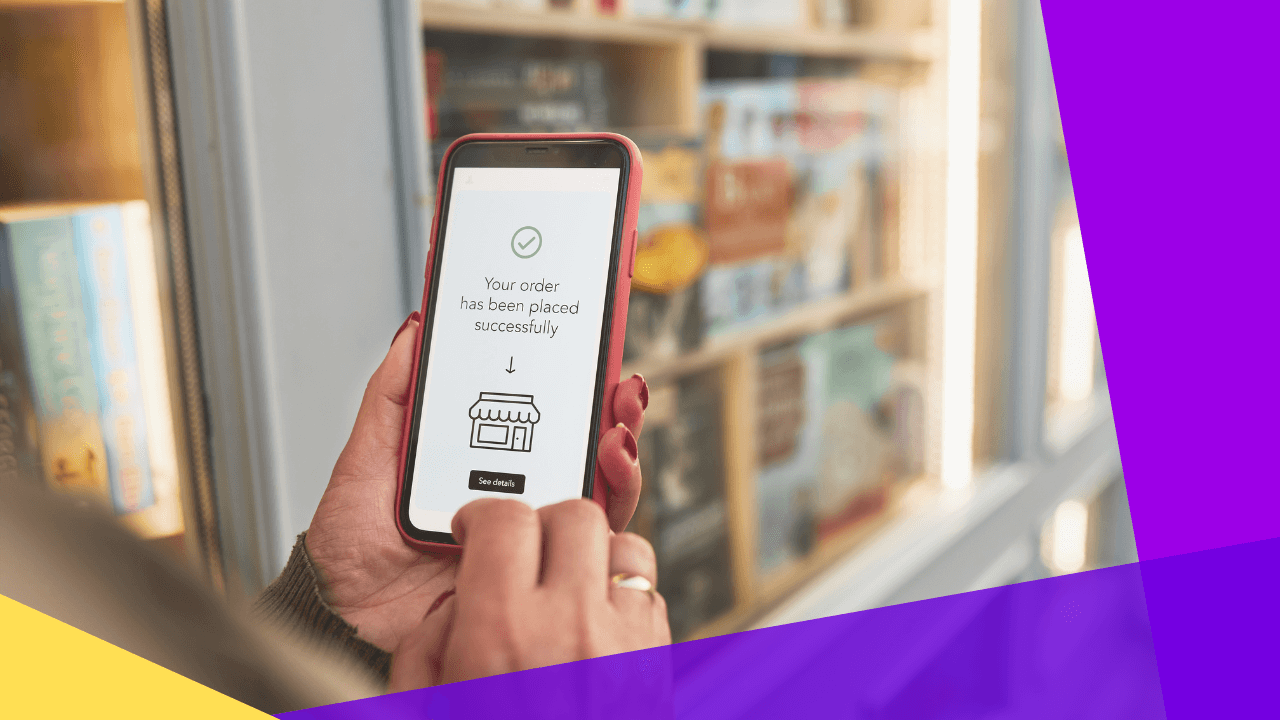
A purchase order (PO) is a document that businesses use to formalize and track their buying process. It acts as a written request from a company to a supplier, detailing the products or services being purchased, quantities, prices, and delivery terms.
Creating a PO allows companies to establish clear expectations and agreements with the supplier, helping to prevent misunderstandings.
This document keeps track of things for everyone involved. It provides a way to monitor orders, manage inventory, and maintain accurate financial records.
Purchase orders are vital for keeping business transactions organized and efficient.
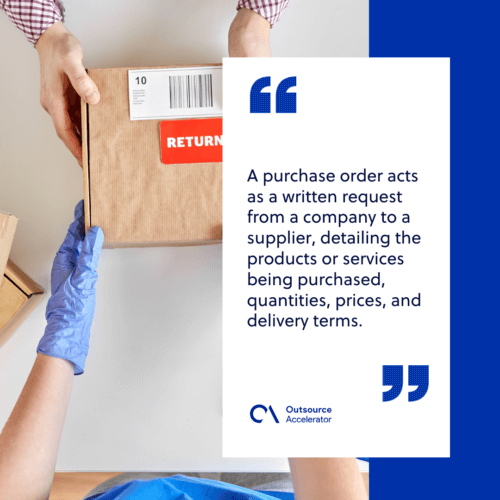
How does a purchase order work?
Here’s how the process typically works from the purchaser’s side:
- Purchase requisition. The purchasing department receives a notification from management about a needed purchase. This may be communicated through a purchase requisition form.
- PO creation. Once approved, the purchasing department fills out a purchase order, specifying the details of the items or services to be purchased.
- PO sent to the vendor. The purchase order is sent to the vendor, who reviews it to confirm they can fulfill the order. If they agree, the PO becomes a legally binding agreement.
- Payment. The purchaser pays for the agreed amount or follows the payment terms specified in the PO.
- Invoice and delivery. The vendor delivers the items along with an invoice. The finance department then verifies the invoice against the purchase order to make sure the details match.
5 Types of purchase orders
Each PO type serves a unique purpose to streamline procurement and maintain organization. Let’s break down the five common types:
1. Standard purchase order
This is the most common type of PO. It’s used for regular, one-time purchases where the quantity, price, and delivery terms are clearly defined.
The buyer and supplier agree on the order, and payment terms are often outlined.
2. Blanket purchase order
A blanket PO is typically used for recurring purchases over a period of time. It sets the overall terms, but specific quantities and delivery dates are determined as the need arises.
It simplifies the process for businesses that need ongoing supplies.
3. Contract purchase order
This type of PO is used when a contract exists between the buyer and supplier, outlining terms and conditions for multiple transactions over a specified period.
It helps manage long-term supplier relationships and ensures smooth transactions over time.
4. Planned purchase order
A planned PO is often used when a business knows it will need certain products but is uncertain about the exact timing or quantity. It allows for flexibility as the order can be adjusted as plans develop.
5. Purchasing order for services
Not all purchase orders are for physical goods. This type is used for the procurement of services rather than products, like consulting, maintenance, or other professional services.
The terms of service delivery are outlined in the PO.
Why companies use a purchase order
As businesses grow, their purchasing processes become more complex. What started as a simple transaction may soon lead to confusion without proper documentation.
Here are four key reasons why companies use purchase orders:
Legal protection
A purchase order acts as a legally binding contract between the buyer and vendor. For example, if a company orders ten items but receives only nine, the PO clearly outlines what was agreed upon.
Without this document, it becomes harder to prove the agreement, leaving businesses in a difficult position.
Once a vendor accepts a PO, both parties are legally required to fulfill their obligations, giving companies protection in case of disputes.
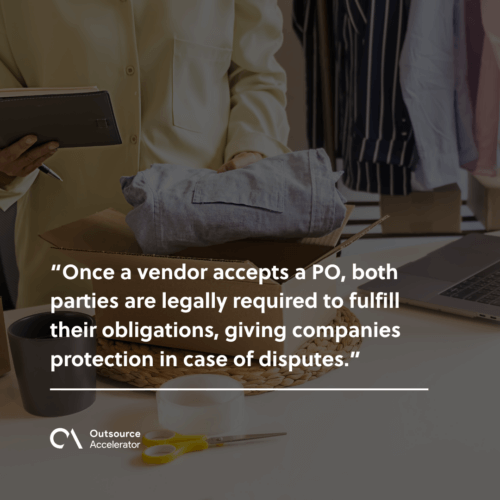
Order tracking
Purchase orders make it easier to track orders. They allow businesses to monitor exactly what has been purchased, when it is expected, and how much it costs.
With a unique PO number, tracking individual orders becomes efficient. This system allows companies to manage their operations smoothly by having a clear record of all orders, their payment status, and expected delivery times.
Avoiding audit issues
During an audit, having purchase orders simplifies the process. POs create a clear audit trail, making it easy for auditors to verify transactions by comparing invoices and packing slips.
Without purchase orders, firms might face challenges sifting through multiple documents to verify purchases, adding unnecessary complexity to the audit.
Easier for vendors
Vendors benefit from receiving purchase orders as well. A PO consolidates all the information they need into one document, streamlining the purchasing process.
This reduces the chances of errors and delays, ensuring a smoother transaction with fewer misunderstandings.
A purchase order is one of the best tools to use to avoid these issues. Especially with small businesses that scale up, implementing a formal purchase order system helps them maintain control over their transactions.
When do you need a purchase order?
Businesses must utilize a purchase order system when it comes to the following:
- When making large or recurring purchases. If your business buys items in bulk or on a regular basis, a PO helps manage orders more effectively.
- When dealing with new or unfamiliar suppliers. It establishes clear terms and expectations between you and the supplier.
- When required by your accounting system. Many accounting systems require POs for proper tracking and reconciliation of purchases.
- When working with contracts. If you’re involved in a long-term agreement, a PO helps formalize each order under the broader contract.
- When legal protection is needed. A PO acts as a binding document in case of disputes over delivered goods or services.
Using a purchase order at the right time streamlines the process, provides clarity, and protects your business interests.

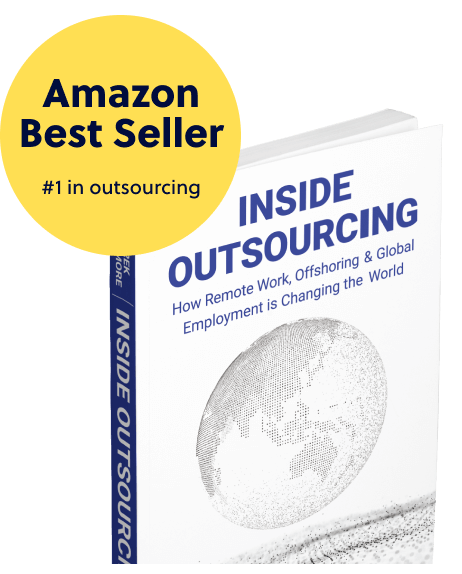



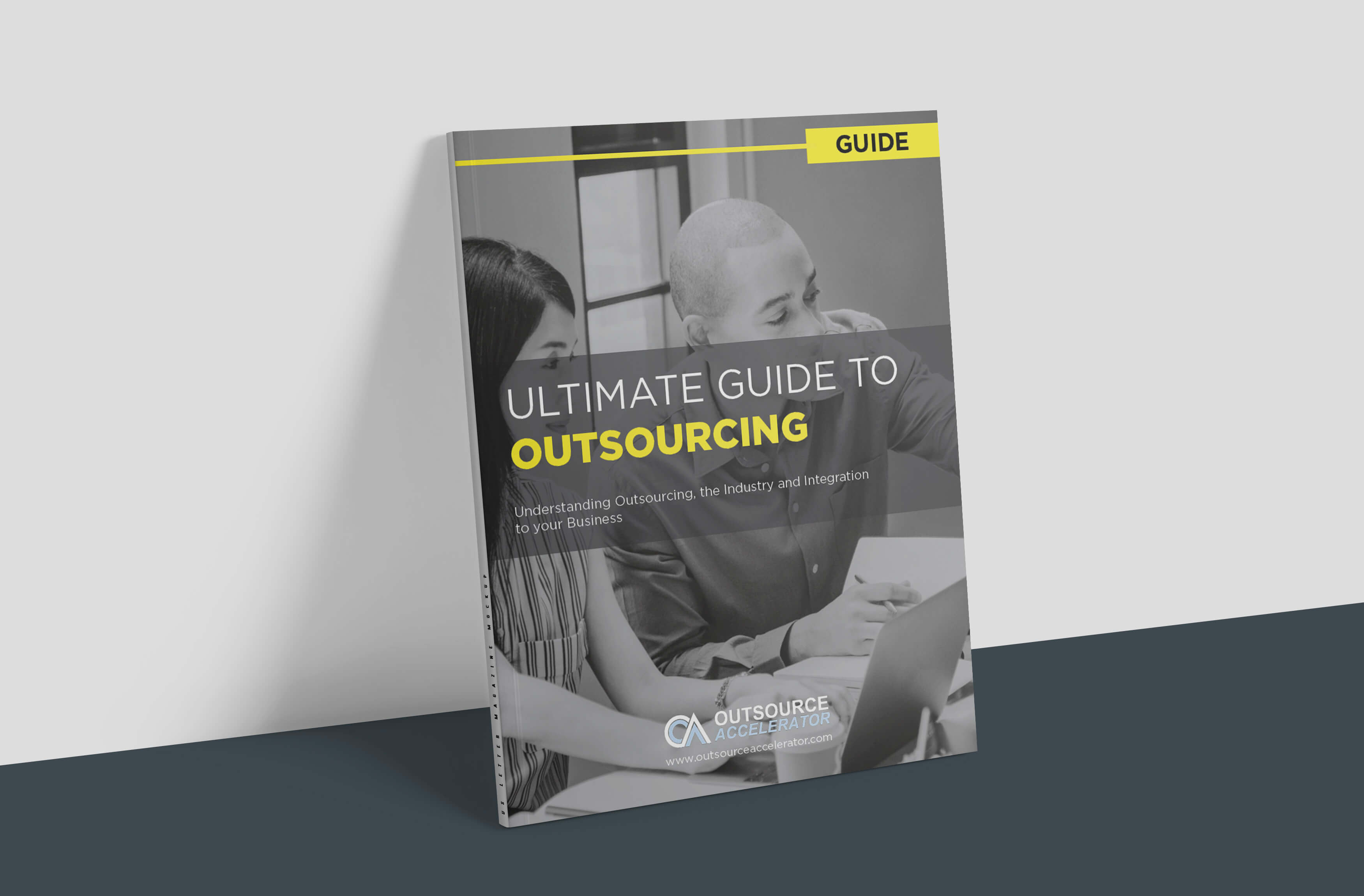

 Independent
Independent




